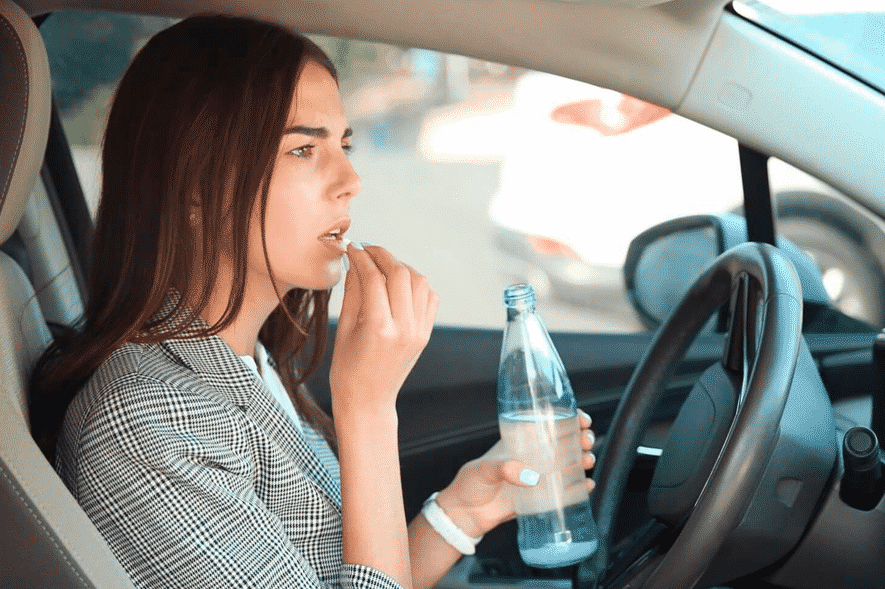Up to 6,156 prescription medications can cause interactions in our ability to drive.
If we take into account data from the DGT, traffic accidents are the fifth most frequent cause of death in Spain, and around 5% of road accidents are related to medications. To this we must add the many drivers who use medications that do not require a prescription and are unaware and underestimate the effects that they can also present.
According to information from the drug database of the General Council of Pharmaceutical Colleges, 33.9% of drugs include a pictogram -a red equilateral triangle with a black car inside on a white background- that warns about their possible interaction with driving. These can cause anything from drowsiness to a sedative effect.
Other effects are the reduction of reflexes and increased reaction time (due to decreased concentration or the ability to remain alert), altered perception of distances, ophthalmological or hearing alterations, states of confusion and light-headedness, and muscle disturbances.

To control these possible effects, it is recommended to avoid driving when starting a treatment that could potentially reduce reflexes or visual capacity, to take special care with the joint administration of several medications, and of course, not to consume alcohol.
It is important to remember that some medicines include alcohol in their composition, and that it is advisable to consult the prospectus to know its total content.
In any case, each situation must be assessed individually by a health professional, since the same medication may not affect one person and significantly affect another. Even the same drug could influence the same person differently, at different times.





